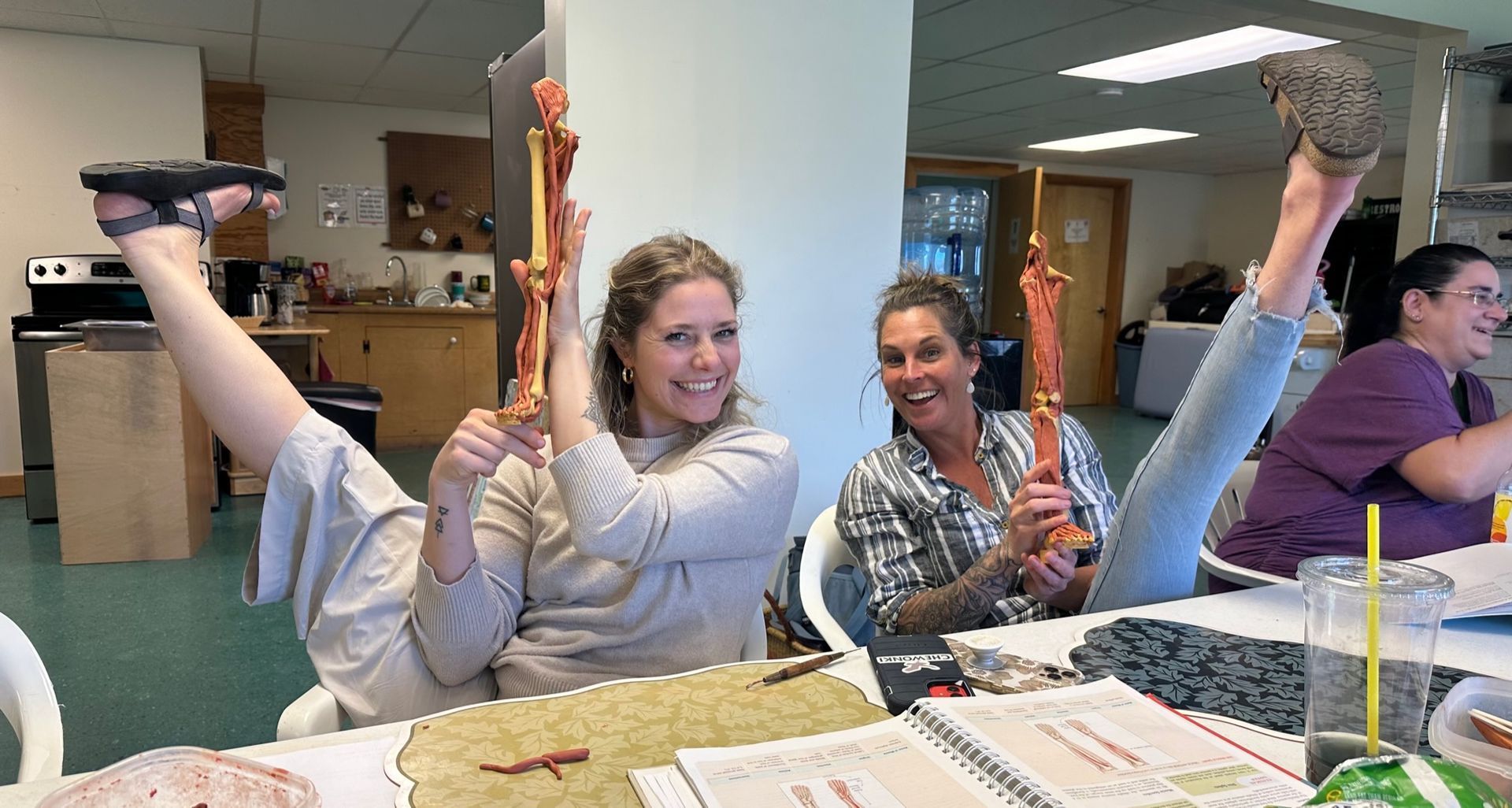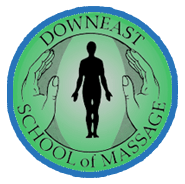Science And Muscle Courses

Anatomy and Physiology Curricula Objective
Anatomy (57 Hours)
Physiology (57 Hours)
*Pathology Curriculum Objective
Pathology (40 Hours)
Pathology is the study of disease. In this course, the student will gain a basic understanding of the concepts of disease, inflammatory response, client assessment, therapeutic evaluation, and when to refer. Special emphasis will be on the integumentary, musculoskeletal, nervous, and circulatory systems. Students will be able to recognize and locate reference material on the pathological processes most likely encountered in a massage therapy practice. A basic introduction to HIV/AIDS, Hepatitis C, and other diseases involving public health will include definitions, precautions, contraindications, and disease awareness. A 75% grade average is needed to pass Pathology.
*Kinesiology and Maniken® Muscles Curricula Objectives
Kinesiology (45 Hours)
Approximately 100 muscles are taught by lecture, slides, and supervised practice to encourage the student to know where the muscles attach and their actions. Introduction to advanced techniques of Dimensional Massage enables the student to palpate muscles and their attachments, giving a kinesthetic approach to gaining the information. Dimensional Massage incorporates and complements understanding the structure to develop treatment goals with the Swedish techniques taught in the Massage Course. A 75% grade average is required to pass Kinesiology.
Maniken® Muscles (12 Hours lab)
Developed by Jon Zahourek Systems, Maniken class gives the student the opportunity to build muscles of the extremities using clay on a mannequin model. This provides the student with a three dimensional, kinesthetic learning process for understanding muscles. Besides giving a review of the skeletal structure, Maniken Muscles helps the student to perceive the relationship of one muscle to another in terms of depth, superficiality, and attachments. No one needs artistic talent, as this course is based on participation and completion of the task. This is a Pass/Fail class.

